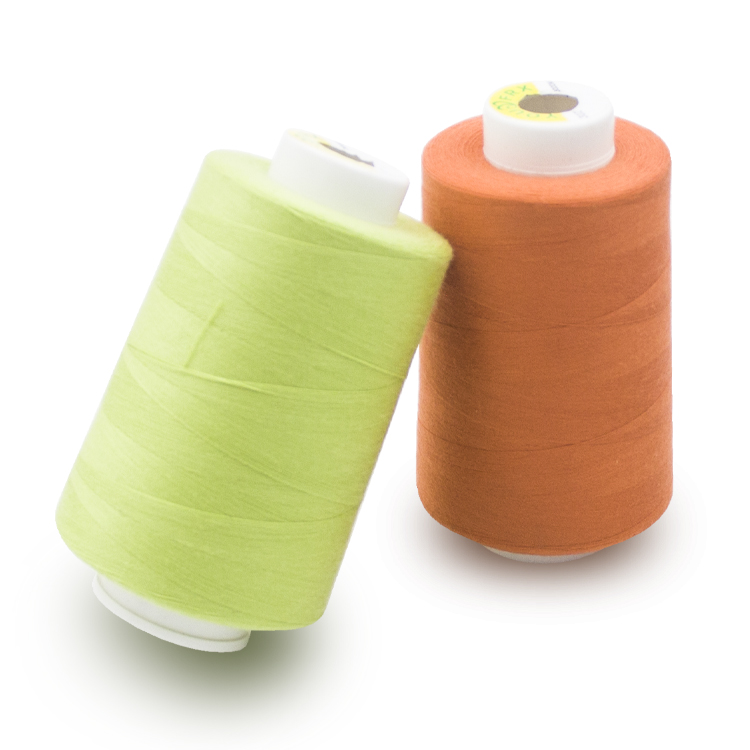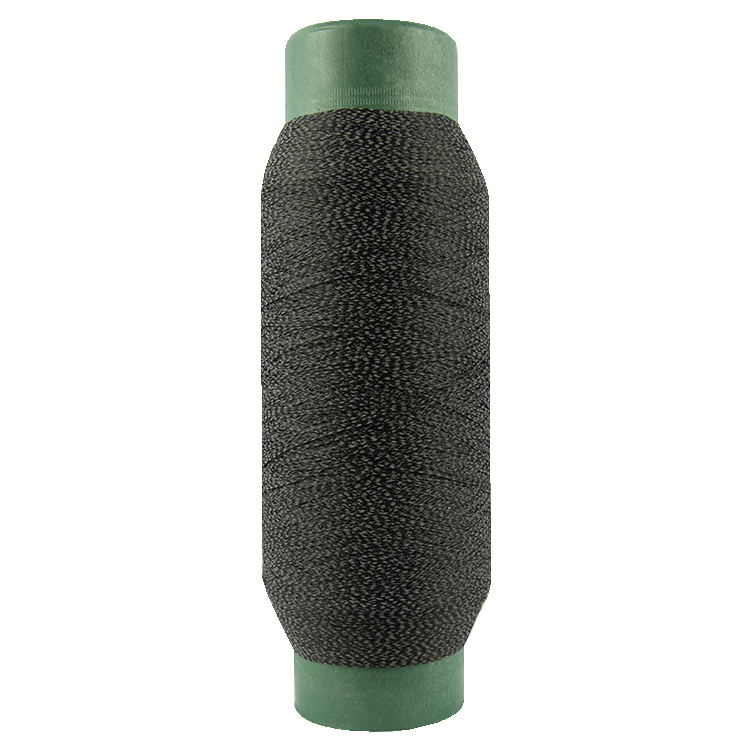
How to deal with quality problems in spinning?(1/6)
Some quality problems in spinning, such as hairiness, nep, different fiber, strong weak ring and immature fiber content percentage, are all important problems that directly affect yarn quality, fabric quality and production efficiency of downstream processes. We should attach great importance to them, fortify them one by one, and use various high-tech testing instruments to monitor and solve the above problems online and offline, at least can do so To find problems in time and take measures to reduce the quality problems found. In order to further improve the spinning quality.
1 Neps
1.1 hazards of Neps
The number of Neps in the yarn not only affects the appearance quality of the yarn and grey cloth, but also directly affects the dyeing effect of the fabric, resulting in dyeing defects. With the increasing demand for the appearance quality of textiles, neps have been listed as an important control defect.

1.2 formation and distribution of Neps
(1) there are many harvesting methods that can produce neps and impurities in raw cotton. At present, the harvesting methods can be roughly divided into manual harvesting and mechanical harvesting. Foreign manual harvesting methods are mainly used for picking long staple cotton and fine staple cotton. In addition, mechanical harvesting is the main method. Mechanical harvesting brings a lot of impurities in lint, even a small amount of neps, which can remove impurities in ginning plant Quality brings difficulties, and also makes a certain amount of Neps in the raw cotton after ginning.
(2) it is a pair of contradictions between removing impurities in raw cotton and increasing neps and short fibers in the process of opening and cleaning. The faster the beater in each part of opening and cleaning is, the better the impurities will be removed. The longer the process of opening and cleaning production line is, the more neps will be increased. Therefore, we should try our best to open and clean the short process of the production line, optimize the process technology of removing impurities and producing neps, and try our best to increase less neps and short fibers in the process of opening and cleaning.
(3) the larger the proportion of immature fiber in raw cotton, the more opportunities for Neps and short fibers will be. Before raw cotton enters the opening and cleaning production line, efforts should be made to control the distribution of immature fiber and reduce the proportion and difference of immature fiber in cotton blending.
(4) carding machine is the main process to reduce neps. Many neps can be combed or eliminated on the carding machine. Therefore, the carding machine should be fast and accurate, strengthen the carding, especially the carding function between the cover plate and the cylinder. The new carding machine is equipped with a fixed cover plate, which improves the impurity removal function and carding effect of the feeding part, which plays an important role in reducing neps.
(5) the on-line and off-line monitoring and control of Neps in raw cotton can make the increase of Neps in production controlled. The percentage of immature fiber and total neps in raw cotton can be checked one by one by using AFIS raw cotton property detector, and those exceeding the specified indexes can be eliminated, so as to control the number of Neps in each process of opening and carding. The new carding machines such as dk803, DK903, dc03, etc. can also be used in The dynamic change of neps can be detected by the line. The alarm can be given according to the increase of neps, the distance between the cover plate and the cylinder can be adjusted automatically, the cover plate can be grinded automatically, and the product quality can be stabilized.
(6) after long-term practice and test of digital accumulation, the standard of general NEP control is as follows:
Raw cotton 200 / g
Opening and cleaning 400 / g
Carding 80 / g
Combed 20 / g
According to the primary processing and the quality of raw cotton itself, the general NEP quantity is 200 / g, the minimum is 100 / g, and the maximum is 400 / g.
In the opening and cleaning process, the NEP is increased to 400 grains / g, the minimum is 200 grains / g, and the maximum is 700 grains / g.
The NEP content of card sliver is 80 grains / g, the maximum is 200 grains / g, and the minimum is 50 grains / g.
After combing and noiling, the neps in the combed sliver are generally controlled below 20 / g.
Other processes, such as drawing and roving, have little change in NEP weight, but have increased slightly.
Immature fiber has great influence on increasing NEP and lint. The distribution and percentage of immature fiber should be controlled when raw cotton is blended with cotton.




